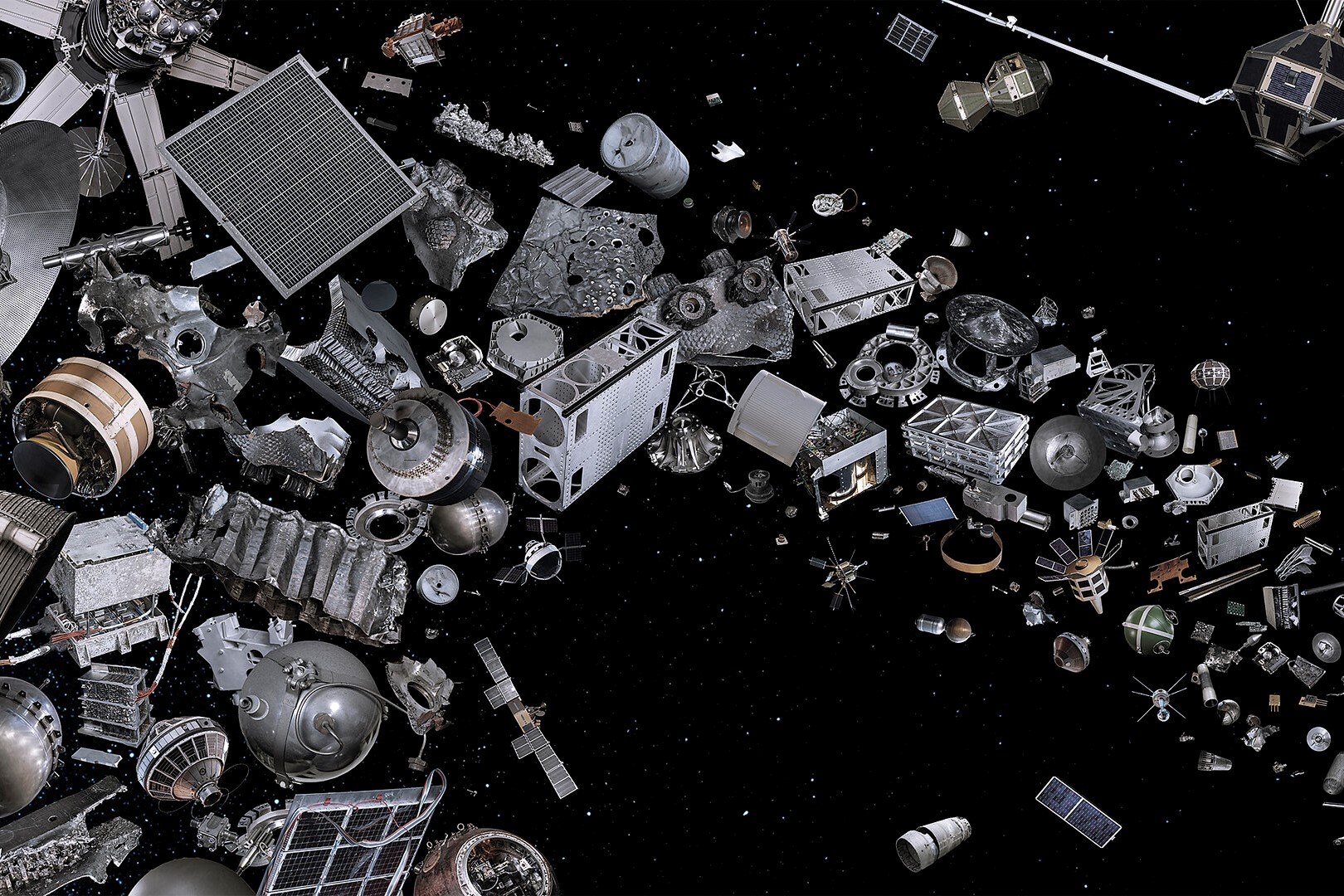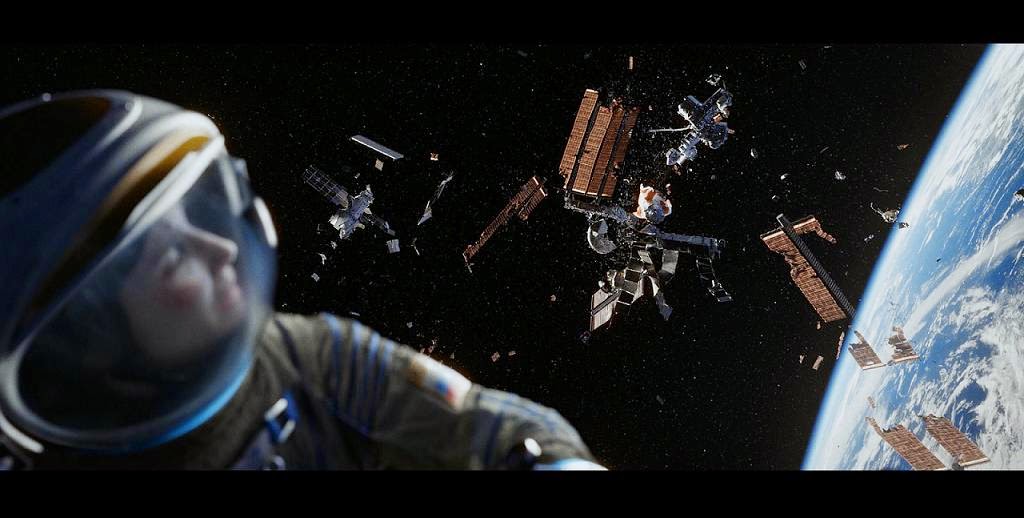Space Debris Danger: Soviet Satellite Disintegrates in Orbit, Highlighting Escalating Threat to Earth’s Space Environment

Old Soviet Satellite Breaks Apart in Space: A Reminder of the Growing Threat of Space Debris
According to the Space News, a decades-old Soviet satellite disintegrated about 870 miles above Earth, likely due to a space debris collision, as reported by astrophysicist Jonathan McDowell on X, formerly Twitter. This highlights the increasing peril of accumulating aged objects in Earth’s orbit, jeopardizing operational satellites.
It affected either Kosmos-2143 or Kosmos-2145, part of the Soviet space program, potentially colliding with seven debris pieces linked to a 1991 Soviet communications satellite. These incidents amplify concerns about space sustainability, notably concerning old Soviet satellites and rocket stages at altitudes over 500 miles, which can’t naturally decay. A notable 2009 collision between Kosmos 2251 and a U.S. Iridium satellite and a 2007 Chinese anti-satellite missile test exacerbated space debris concerns.
READ ALSO: Notting Hill Carnival’s Celebration Overshadowed By Violence: 8 Stabbings, 275 Arrests – Police Report
Space Debris Threatens Orbital Safety: Growing Challenges and the Looming Kessler Syndrome
According to the TS2 article, in the same year, a non-operational Soviet spy satellite and a used Soviet rocket stage came dangerously close, within 20 feet (6 meters), at an orbital altitude of about 600 miles (1,000 km) above Earth. Such encounters heighten the risk of further fragmenting space debris, potentially creating numerous new hazardous objects. Detecting and understanding these incidents remains challenging as Earth-based radars can only track objects larger than 4 inches (10 centimeters).
The escalating space debris issue is a persistent concern. Alongside visible debris, approximately 1 million objects ranging from 0.4 to 4 inches (1 cm to 10 cm) in size, and a staggering 130 million fragments smaller than 0.4 inches, continually traverse space. Even a tiny fragment as small as 0.4 inches can inflict significant damage, as seen in a 2016 incident when such debris punctured a 16-inch (40 cm) hole in one of Europe’s Earth-observing satellite Sentinel 2’s solar panels.
This escalating space debris problem has raised alarms about the potential Kessler Syndrome, envisioning a future where increasing fragments from orbital collisions render Earth’s vicinity unusable due to a cascading chain reaction of subsequent collisions. Researchers and space agencies worldwide are diligently working to mitigate this space debris threat for the long-term sustainability of space activities.
READ ALSO: Vice President Mike Pence Unveils Ambitious ‘Day 1 Executive Actions’ Blueprint To Revitalize America’s Military









